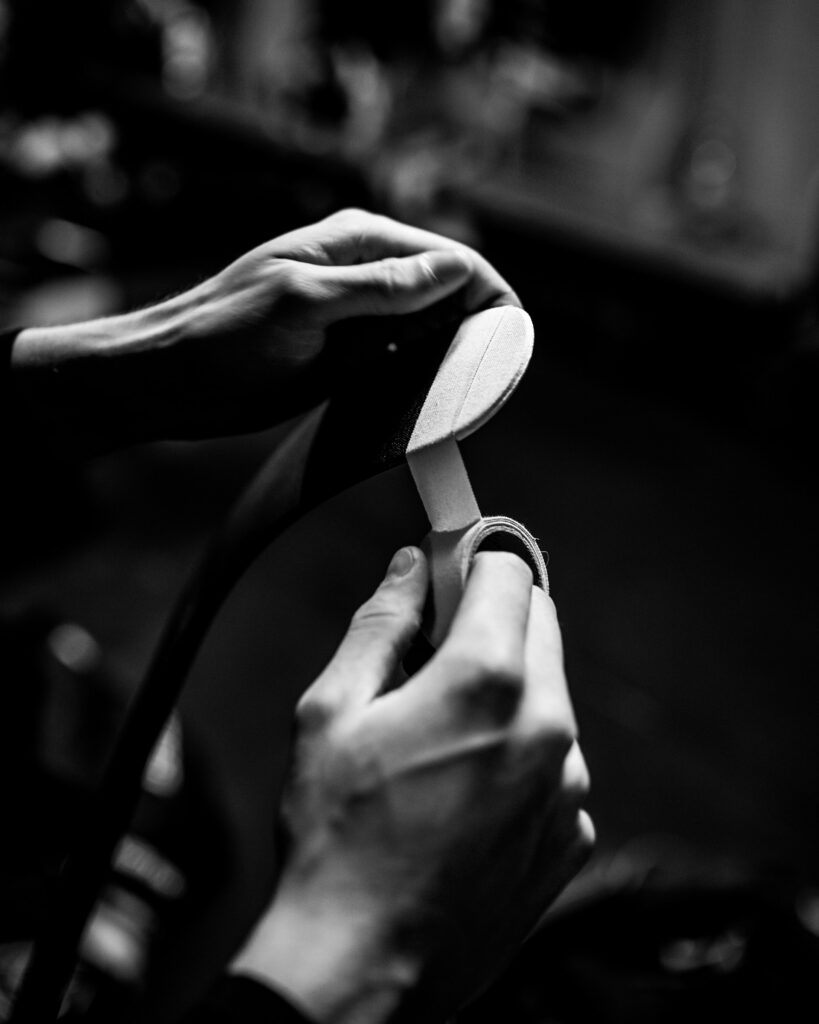
Roller hockey, a fast-paced and exhilarating sport played on roller skates, has gained popularity worldwide for its dynamic nature and skillful play. Whether you’re a seasoned player or a newcomer to the rink, understanding the rules of roller hockey is essential for a fair and enjoyable game. In this comprehensive guide, we’ll delve into the rules that govern roller hockey, from basic gameplay principles to penalties and scoring, providing you with a thorough understanding of the sport.
The Basics of Roller Hockey:
1. Team Composition:
- Roller hockey is typically played with two teams, each consisting of five players, including a goaltender.
- Teams may have substitutes, allowing players to rotate in and out during the game.
2. Objective:
- The primary objective in roller hockey is to score goals by shooting the puck into the opponent’s net.
3. Equipment:
- Players are required to wear protective gear, including helmets, knee pads, elbow pads, and gloves.
- The goaltender wears additional protective gear, including a mask, chest protector, leg pads, and a catching glove.
4. Game Duration:
- A standard roller hockey game is divided into two halves, each lasting a specified duration, commonly 15 to 20 minutes.
- If the game ends in a tie during regular play, it may proceed to overtime or a shootout, depending on the league or tournament rules.
Gameplay Rules:
1. Starting Play:
- The game begins with a face-off at center rink.
- Players must be in their designated zones until the puck is in play.
2. Possession and Passing:
- Players use a hockey stick to control and pass the puck.
- Passing can be done to teammates, and the puck must stay in constant motion.
3. Offsides:
- Offsides occurs when an attacking player enters the offensive zone before the puck.
- Players must clear the offensive zone completely before re-entering to avoid offsides.
4. Icing:
- Icing is called when a player shoots the puck from behind the center red line, and it crosses the opponent’s goal line without being touched.
- Unlike in ice hockey, there is no icing if a team is shorthanded.
5. Scoring:
- Goals are scored when the puck crosses the opponent’s goal line.
- A goal is typically signaled by a light or buzzer.
Penalties and Violations:
1. Penalties:
- Various infractions can result in penalties, ranging from minor to major.
- Common penalties include tripping, slashing, high-sticking, and holding.
2. Power Play:
- When a player is penalized, their team plays shorthanded.
- The opposing team enjoys a power play, having one more player on the rink.
3. Penalty Shots:
- In some cases, a penalty may result in a penalty shot, where the penalized player attempts to score against the goaltender without interference.
4. Fighting:
- Fighting is strictly prohibited in roller hockey, and players engaged in fighting may face severe penalties, including ejection from the game.
Referee Decisions:
1. Referee Authority:
- Referees have the final say on rule interpretations and penalties.
- Players and coaches must respect the decisions made by the referees.
2. Face-Offs:
- Face-offs are used to restart play after stoppages.
- The location of the face-off depends on the reason for the stoppage.
3. Video Review:
- In some leagues, video review may be used to assess certain plays, especially those involving goals.
Advanced Gameplay Strategies:
1. Positional Play:
- Players must understand the importance of positioning on the rink, both offensively and defensively.
- Maintaining proper spacing allows for effective team play and strategic maneuvers.
2. Goaltender Strategies:
- Goaltenders must master techniques such as positioning, reflexes, and lateral movement.
- Communication with the defense is crucial for a well-coordinated defense.
3. Team Tactics:
- Teams often employ specific strategies, such as the forecheck and backcheck, to control the flow of the game.
- Effective passing and teamwork are essential for successful offensive and defensive plays.
League-Specific Rules:
1. League Variations:
- Different roller hockey leagues may have specific rules and variations.
- It’s crucial for players and fans to familiarize themselves with the rules of the specific league or tournament they are participating in or watching.
2. Rink Size:
- Roller hockey rinks can vary in size, and different leagues may adopt specific dimensions.
- Players should adapt their strategies to the rink size to maximize their effectiveness.
Understanding the rules of roller hockey is essential for players, coaches, and enthusiasts alike. Whether you’re a casual participant at a local rink or a dedicated fan following a professional league, a grasp of the rules enhances your appreciation of the game. Roller hockey’s dynamic nature, combined with its skillful and fast-paced play, makes it a thrilling sport that continues to captivate players and audiences worldwide. So, lace up your skates, grab your stick, and hit the rink – let the game begin!
